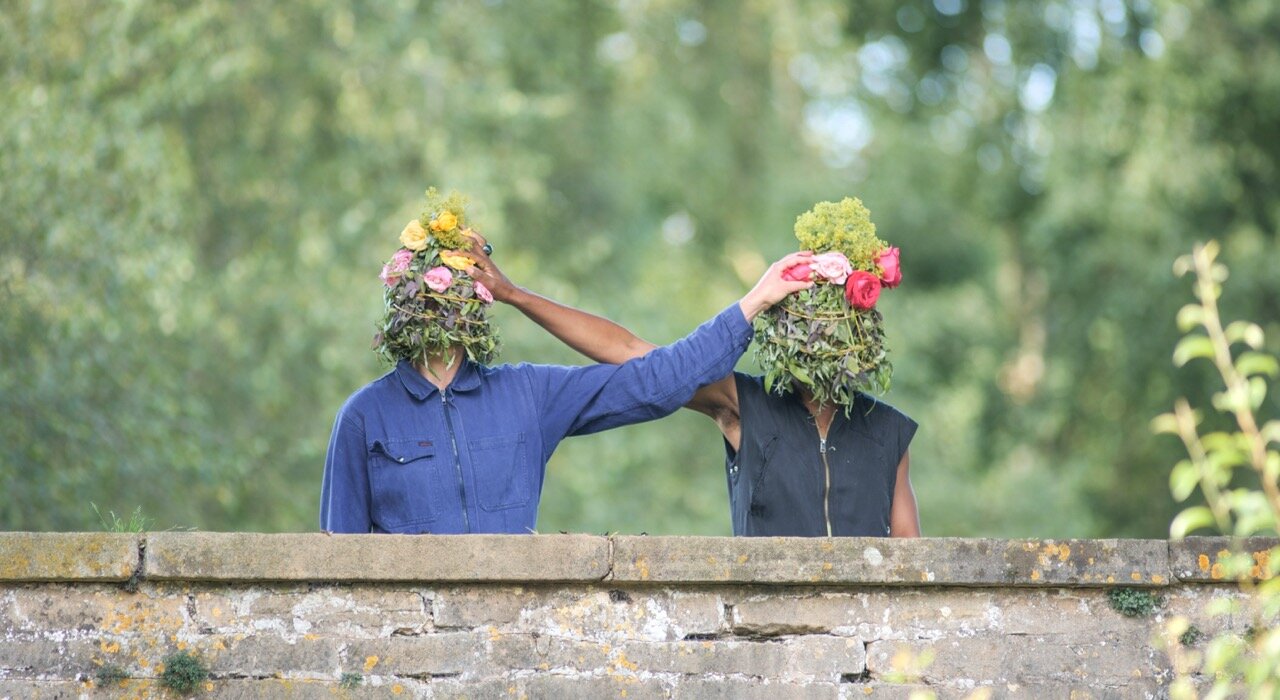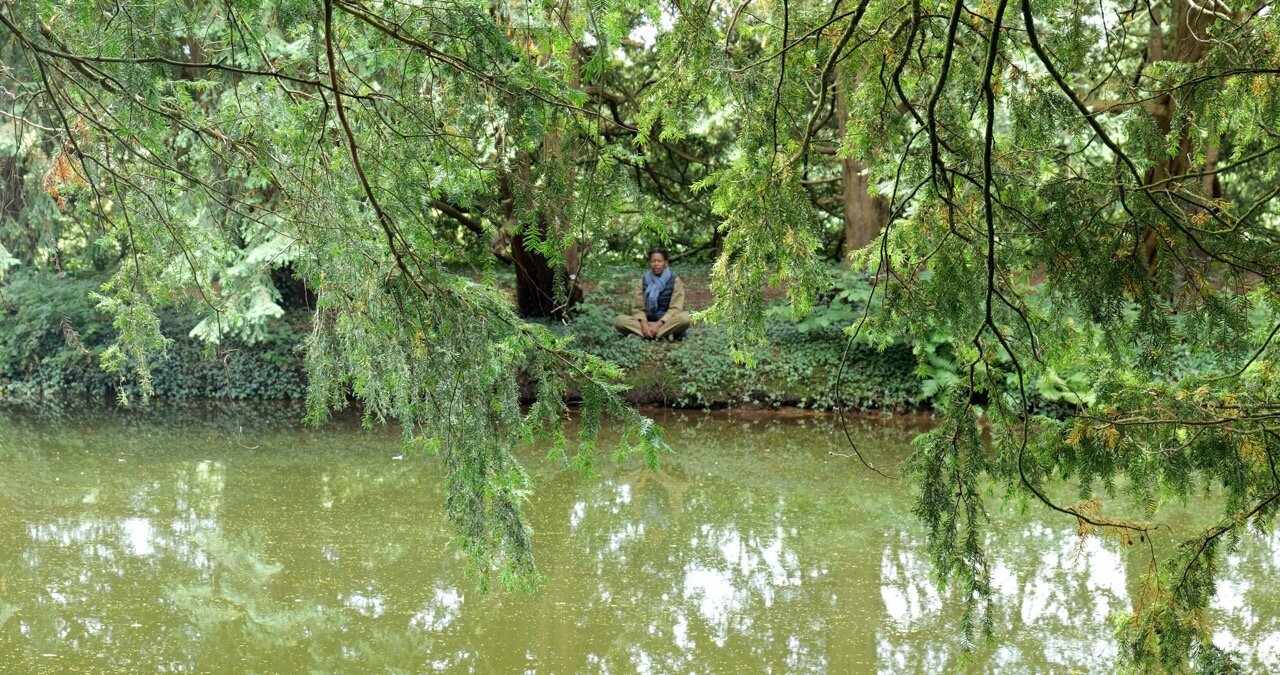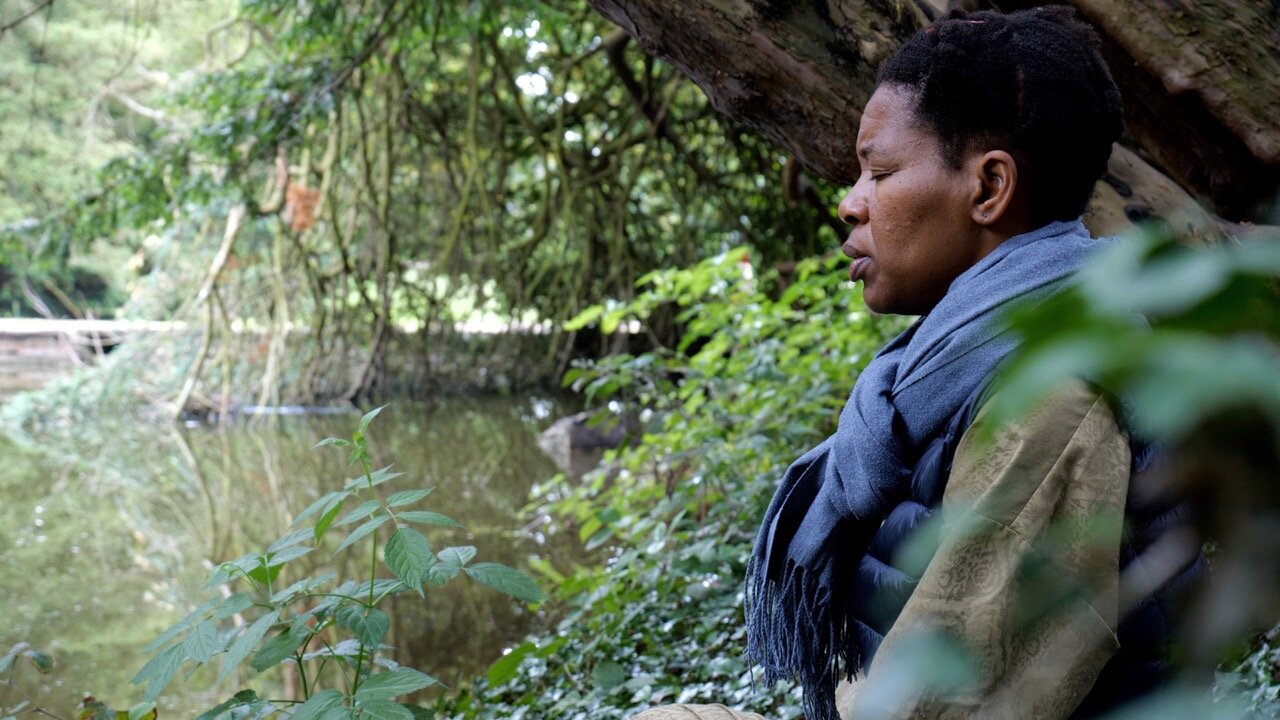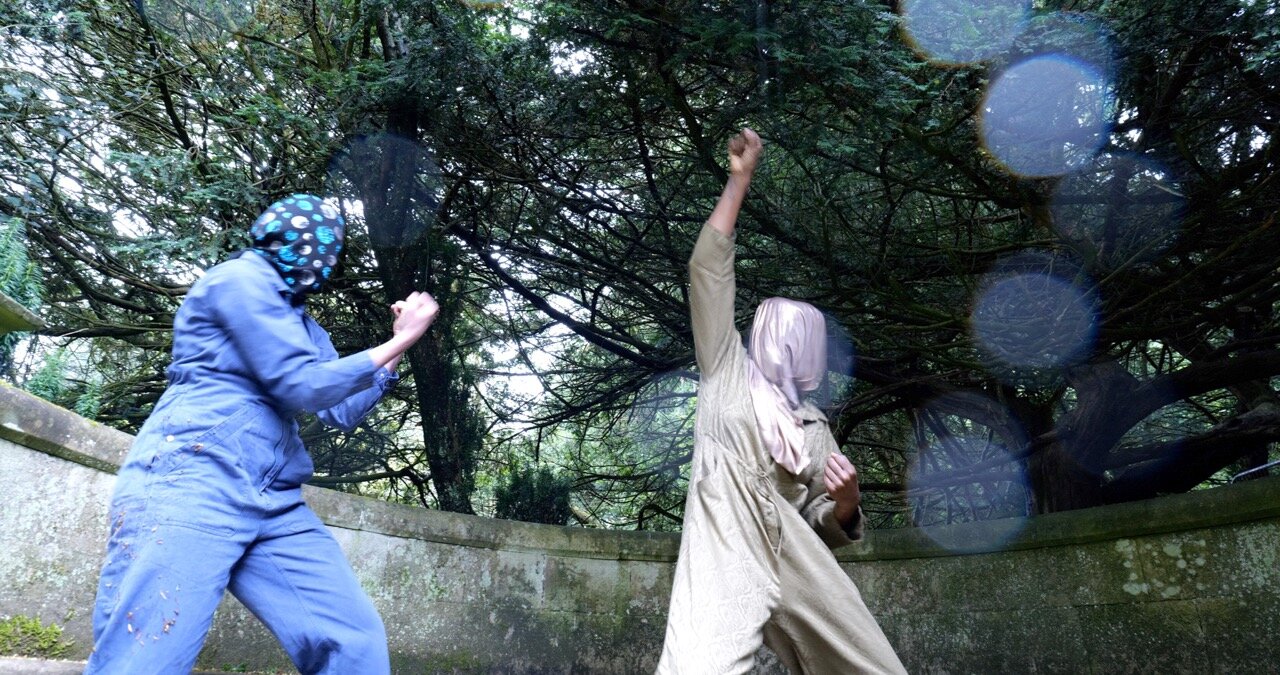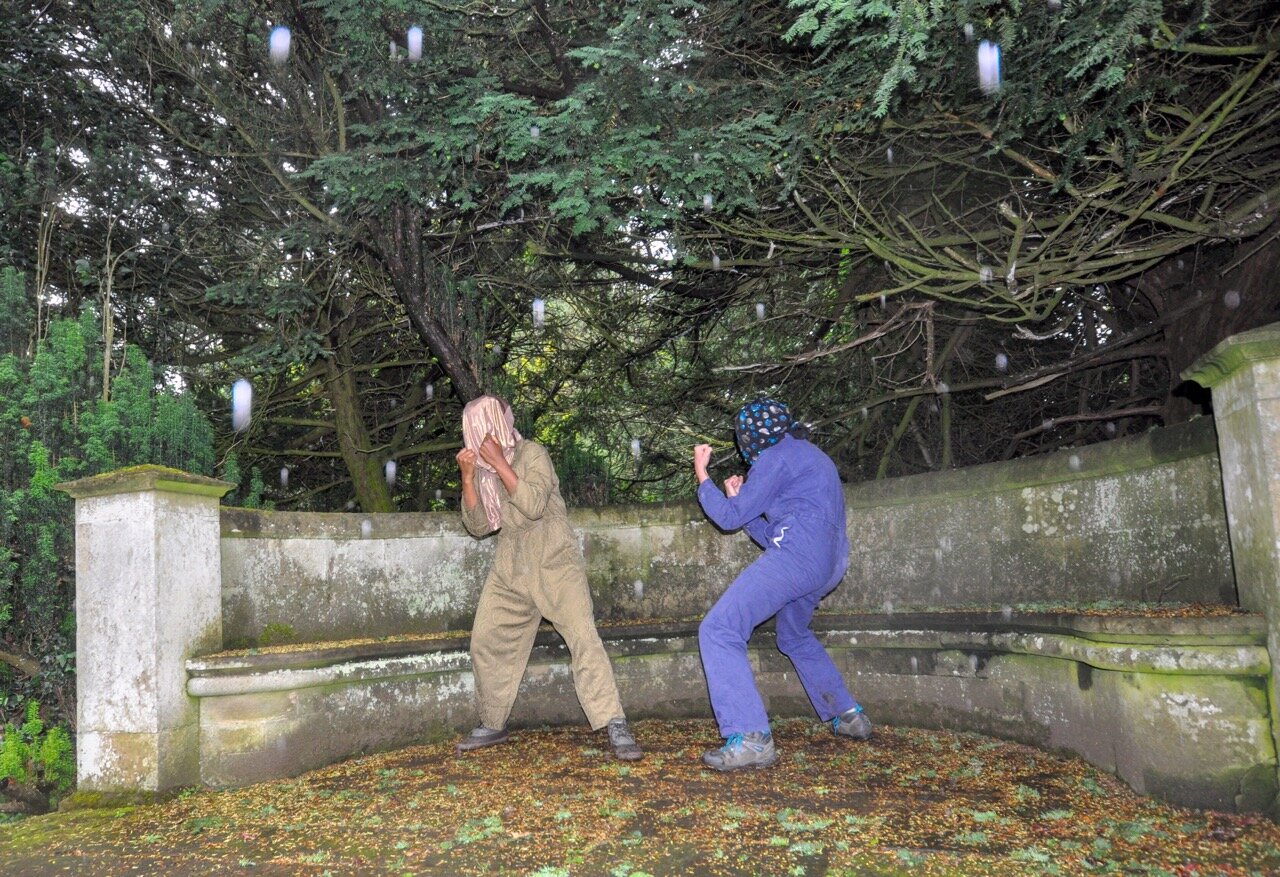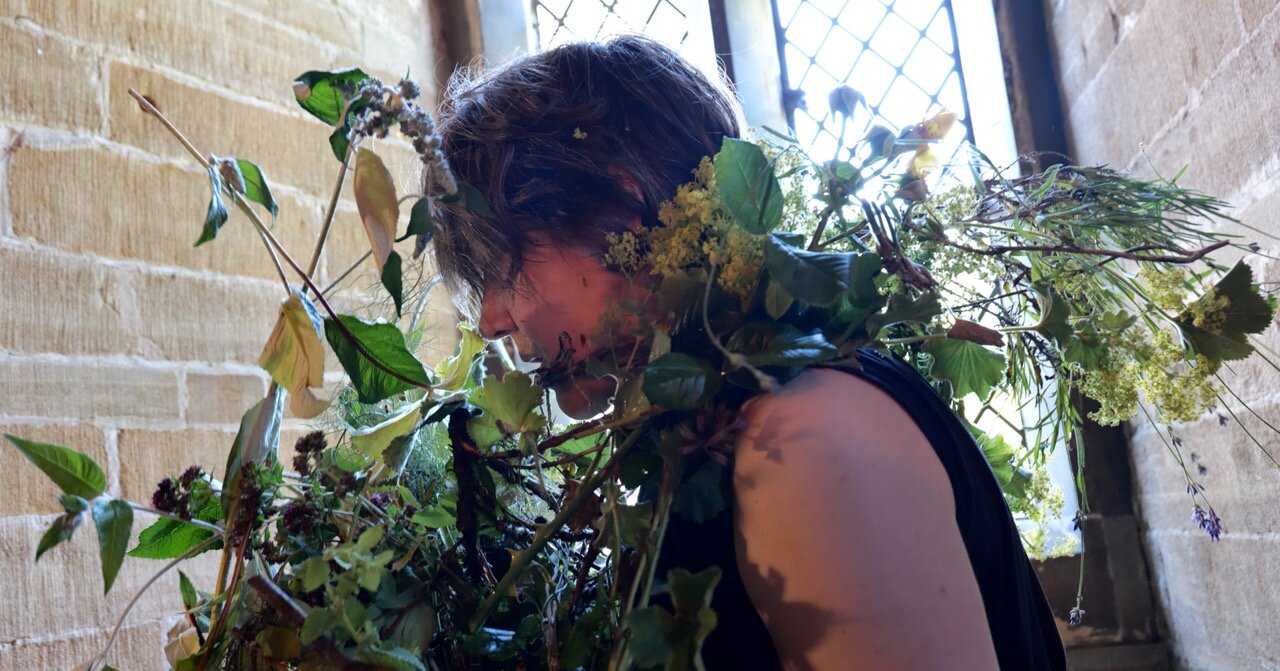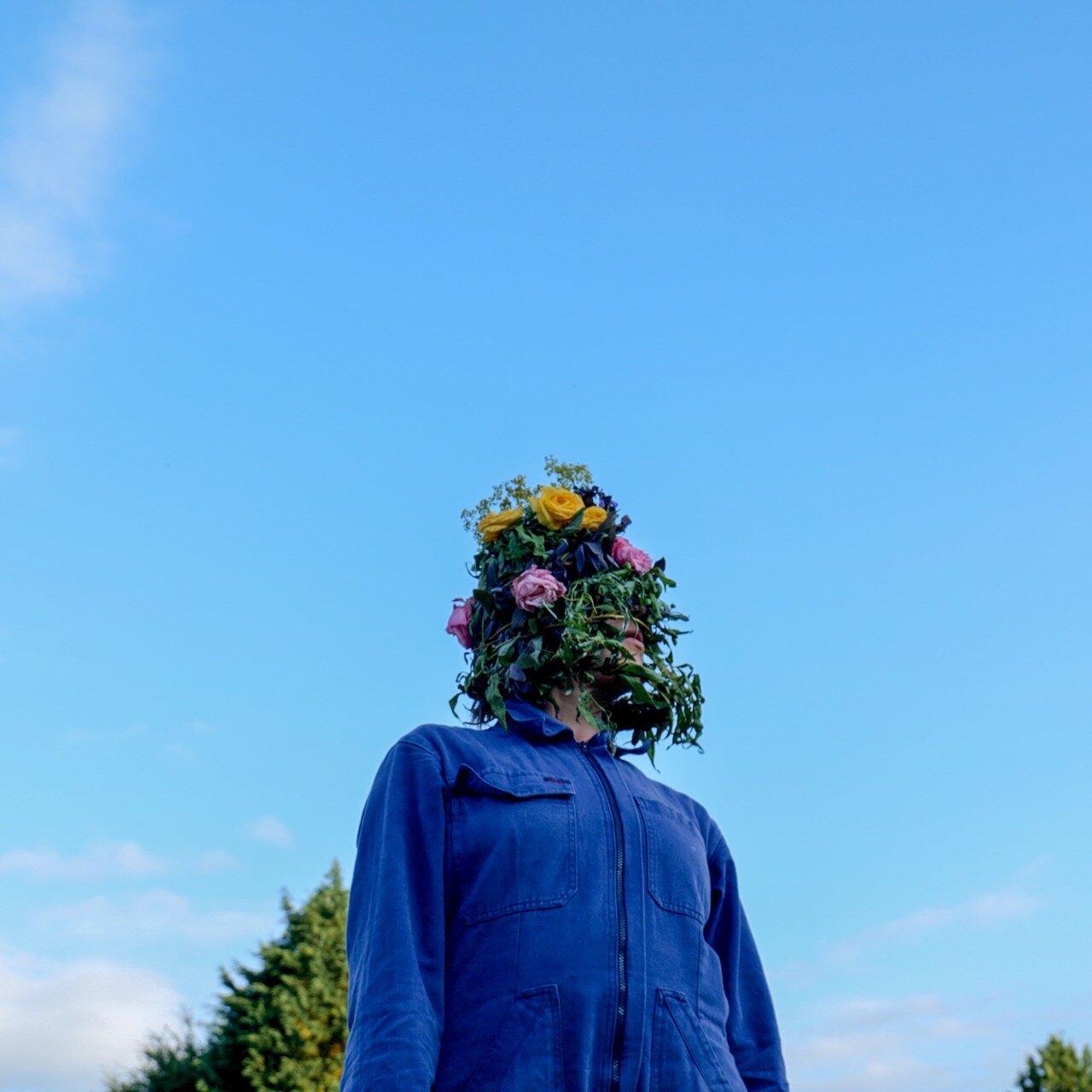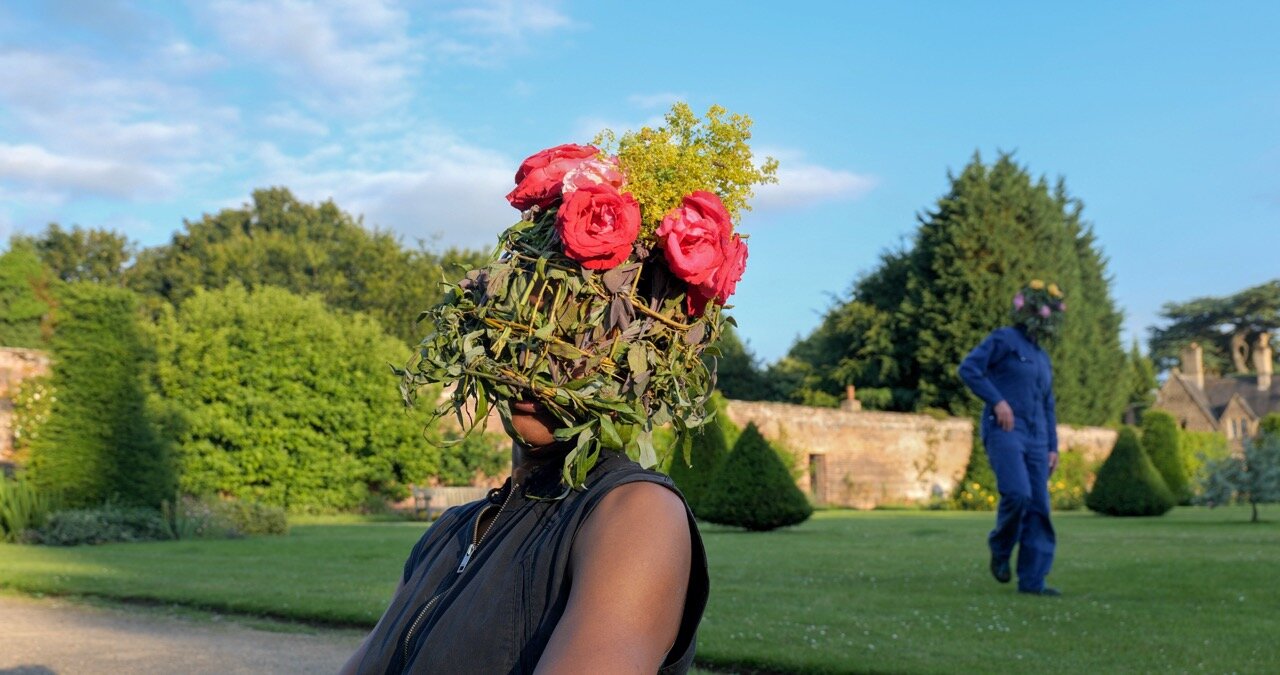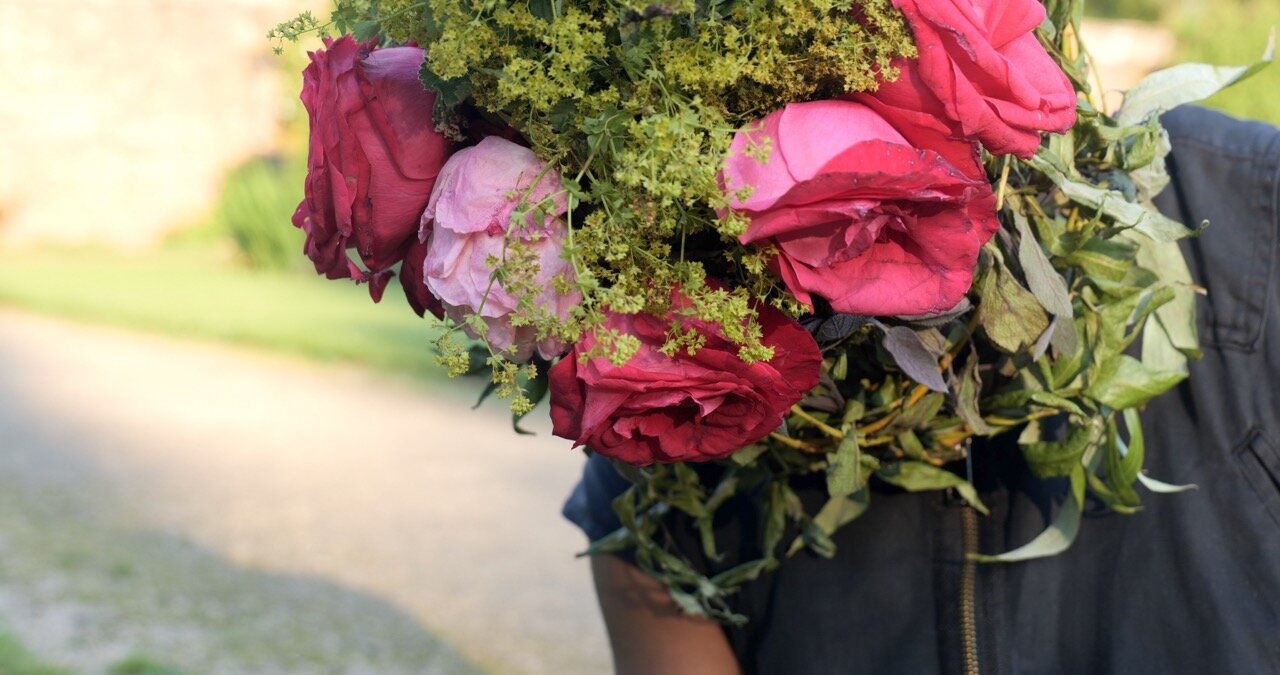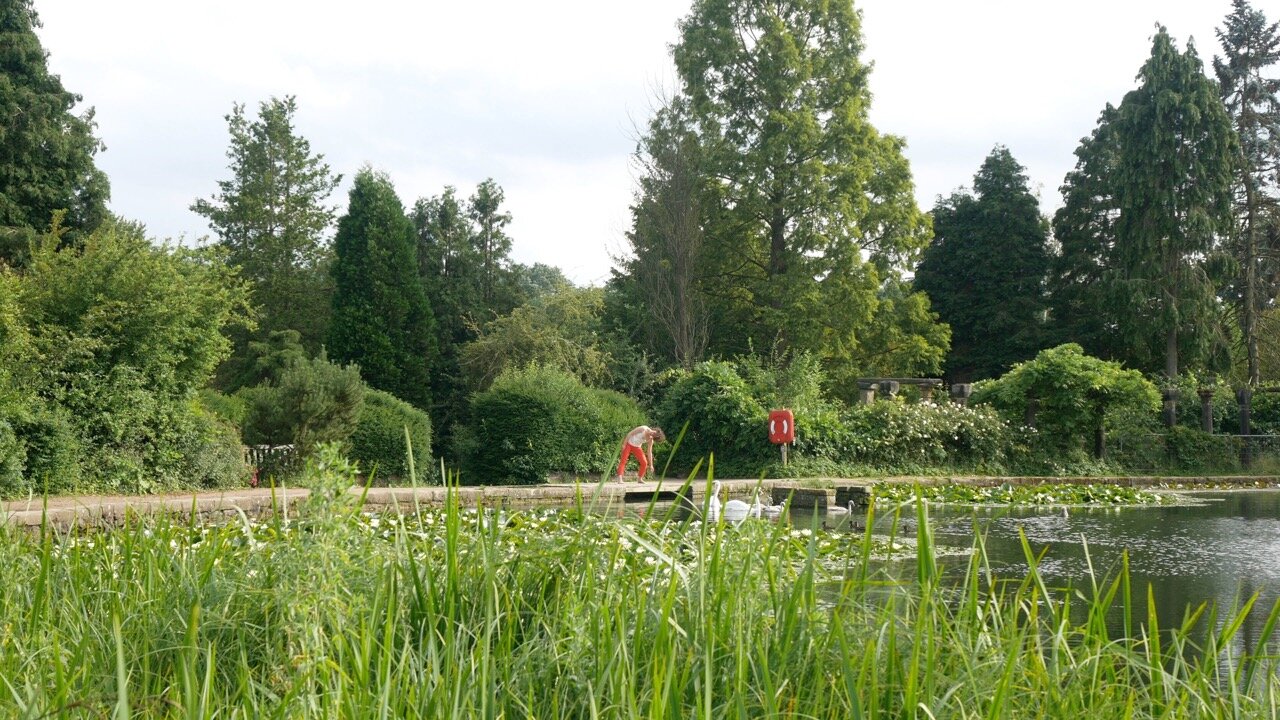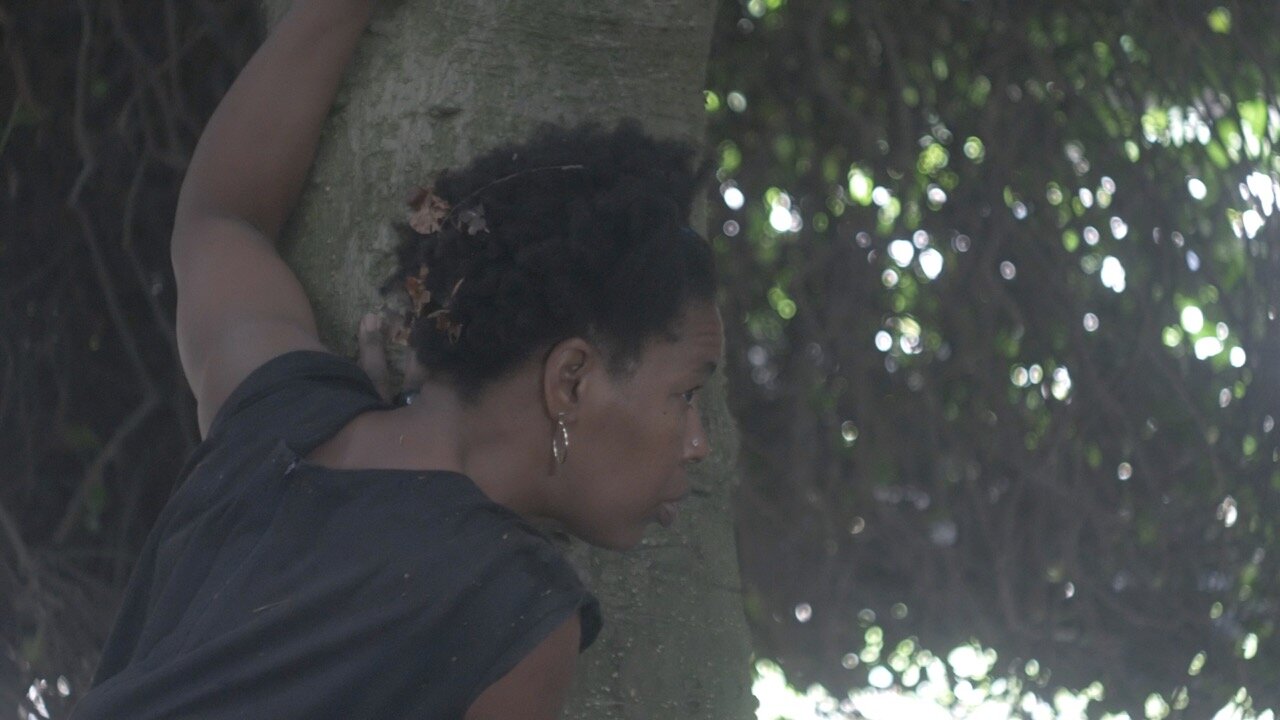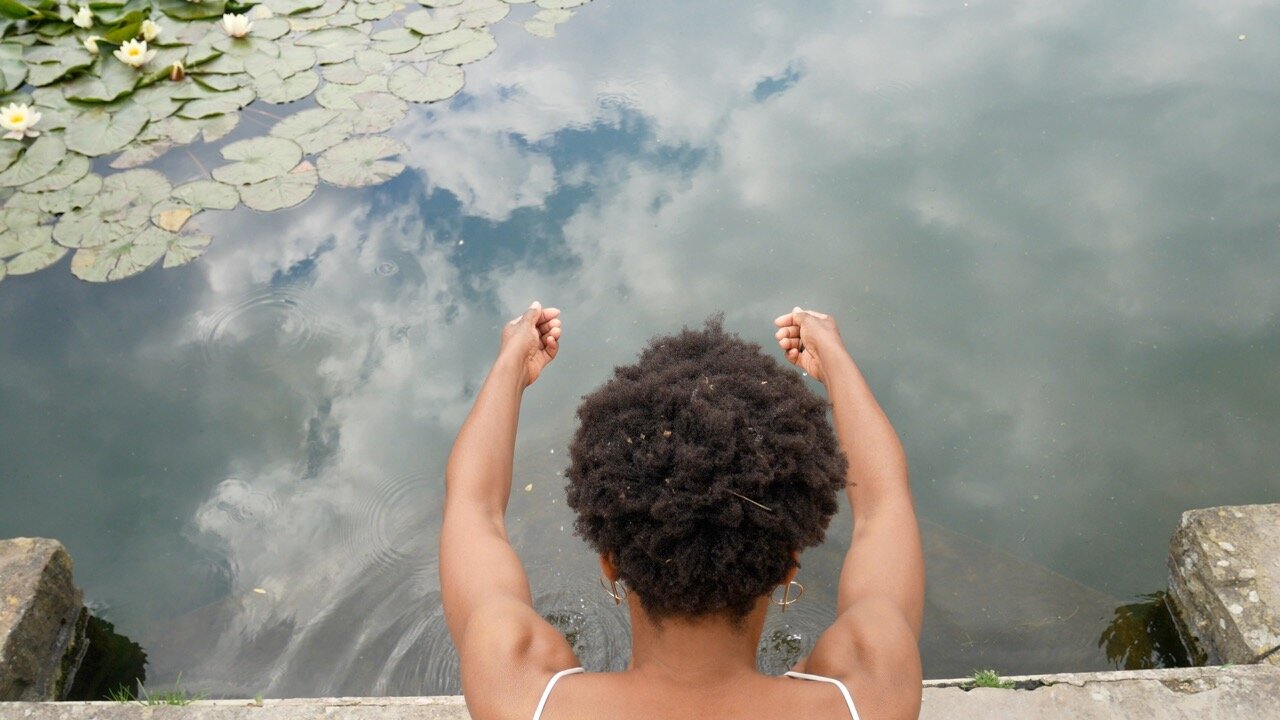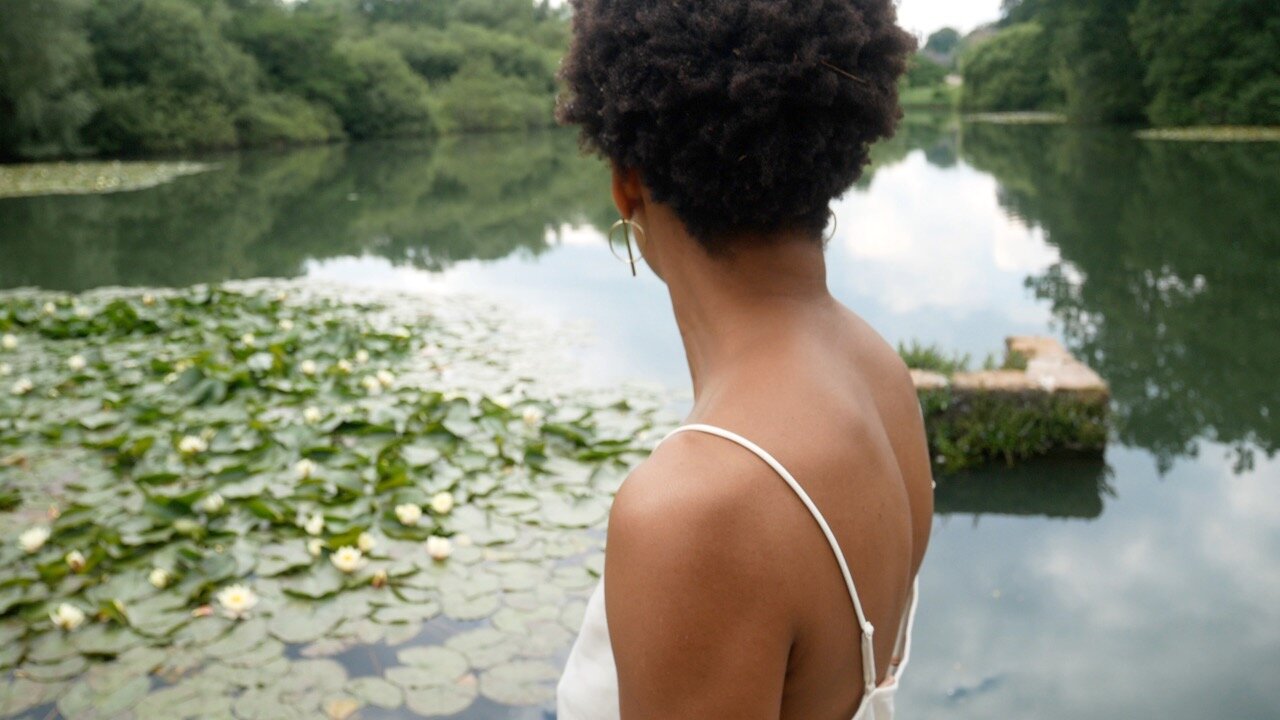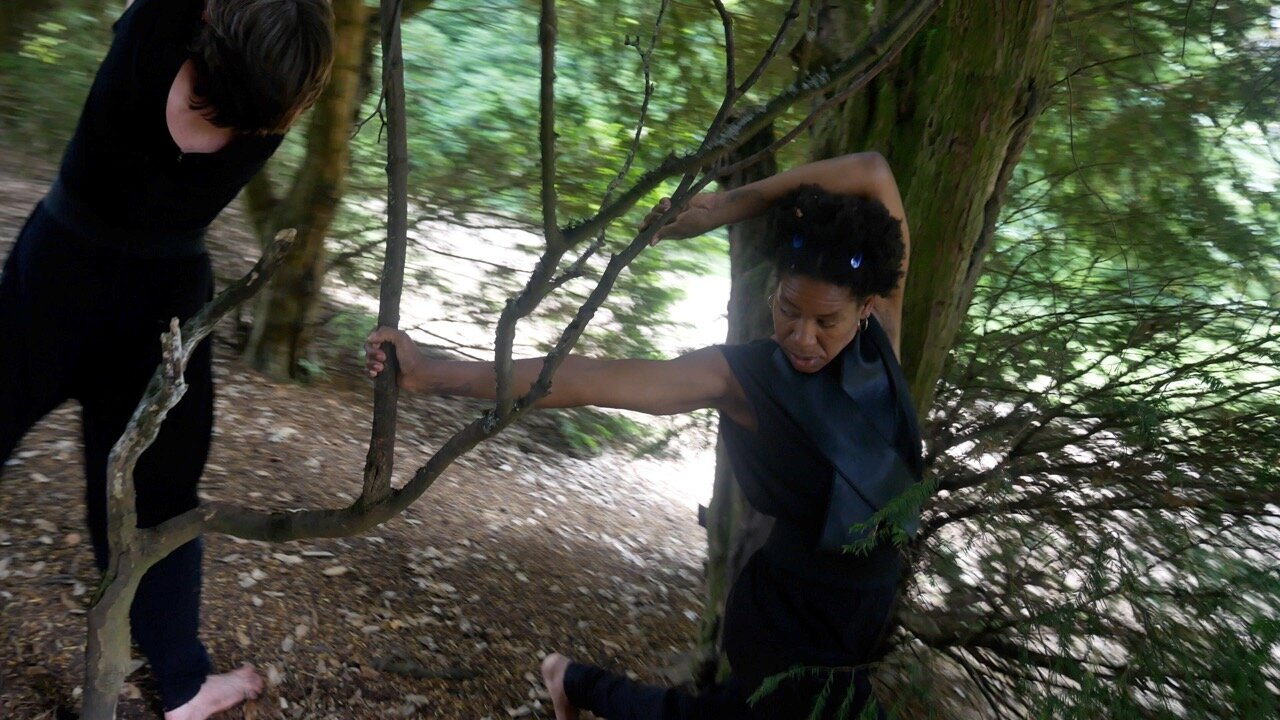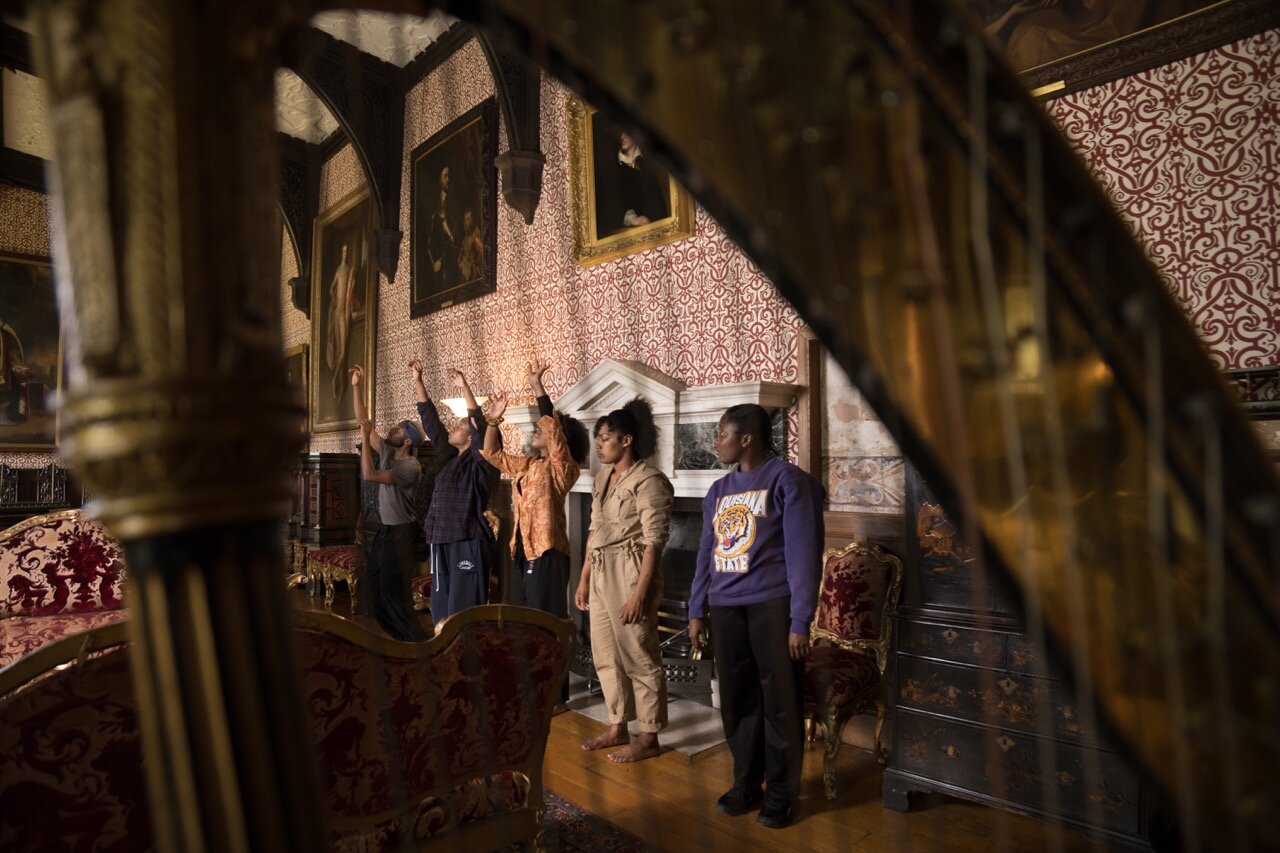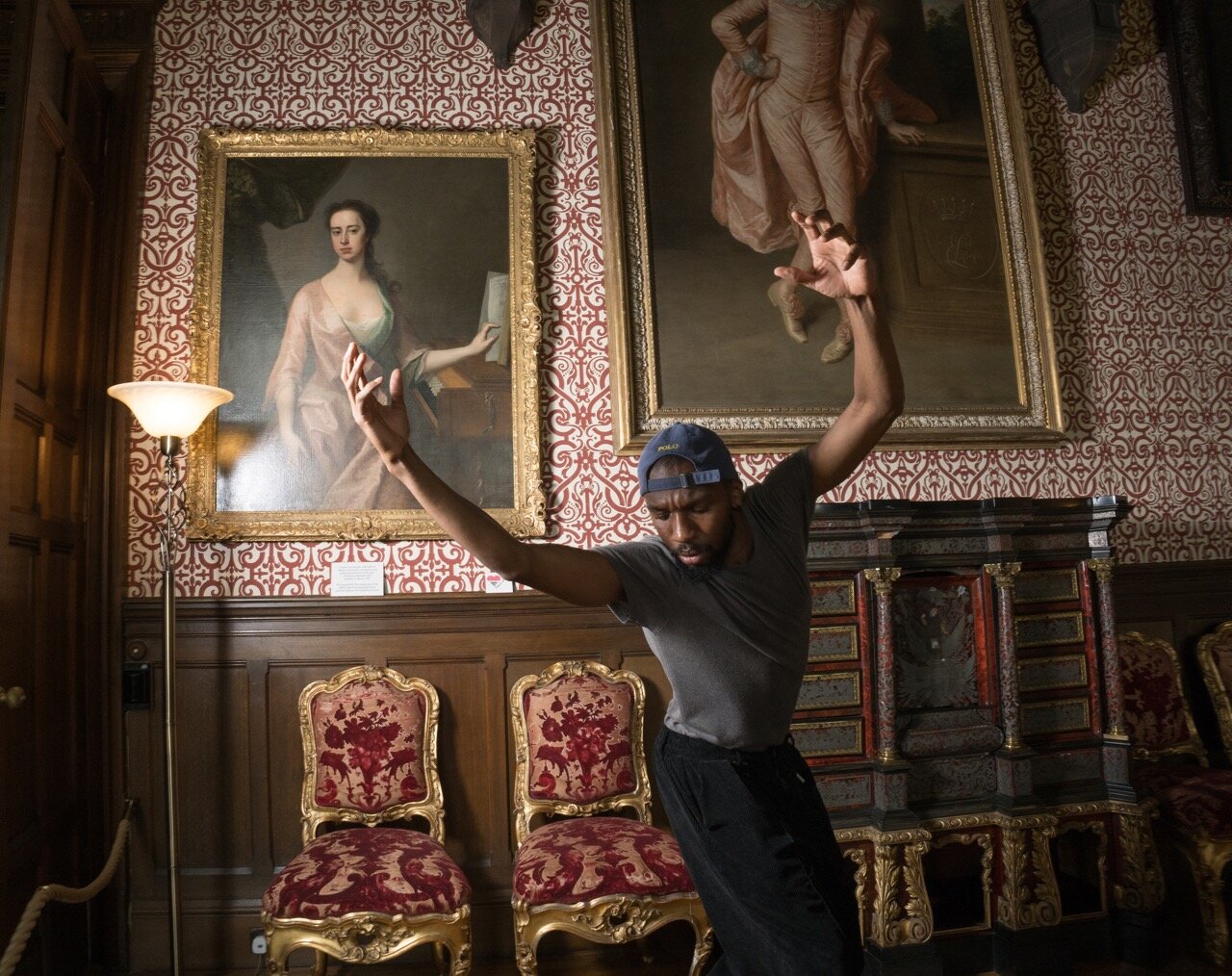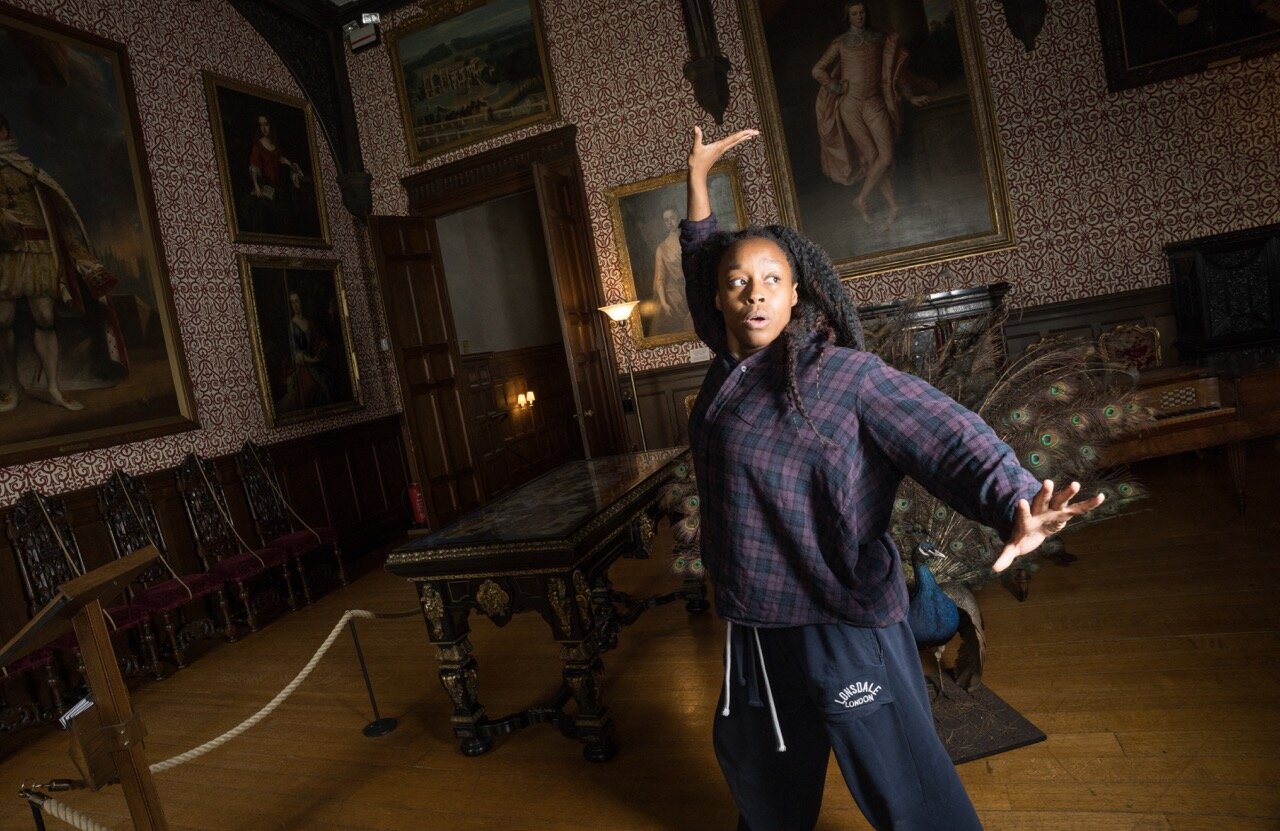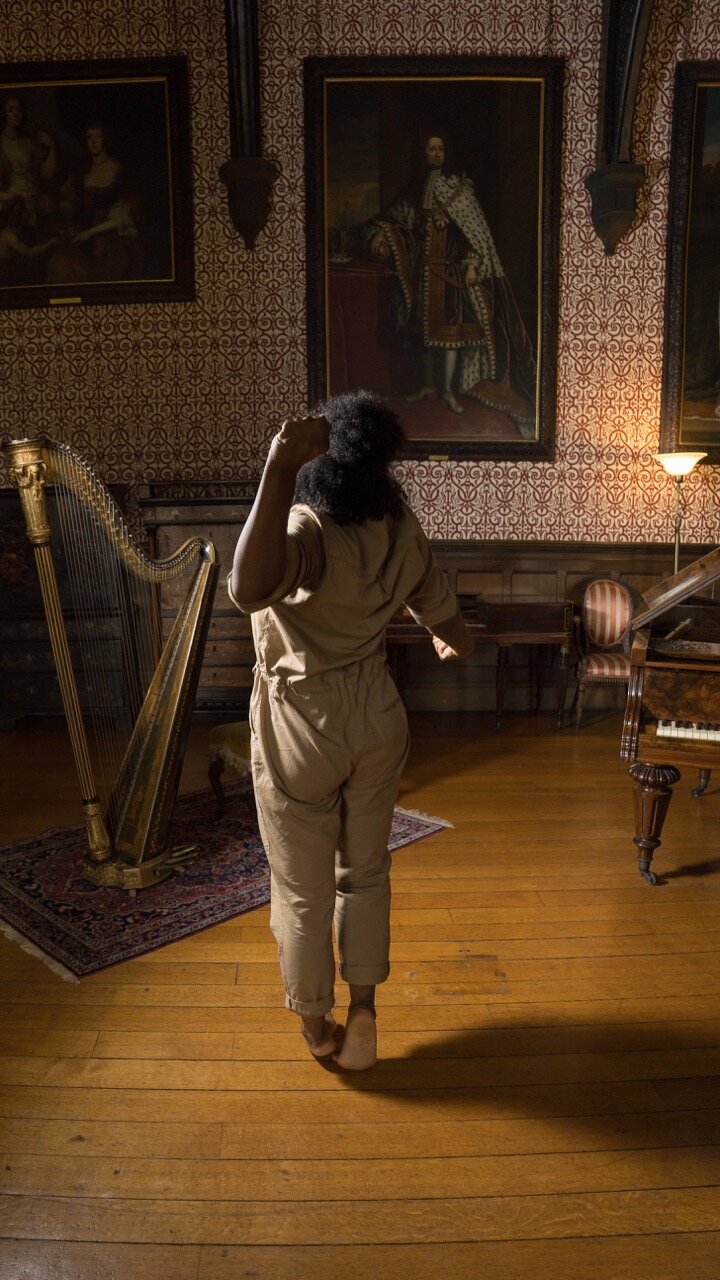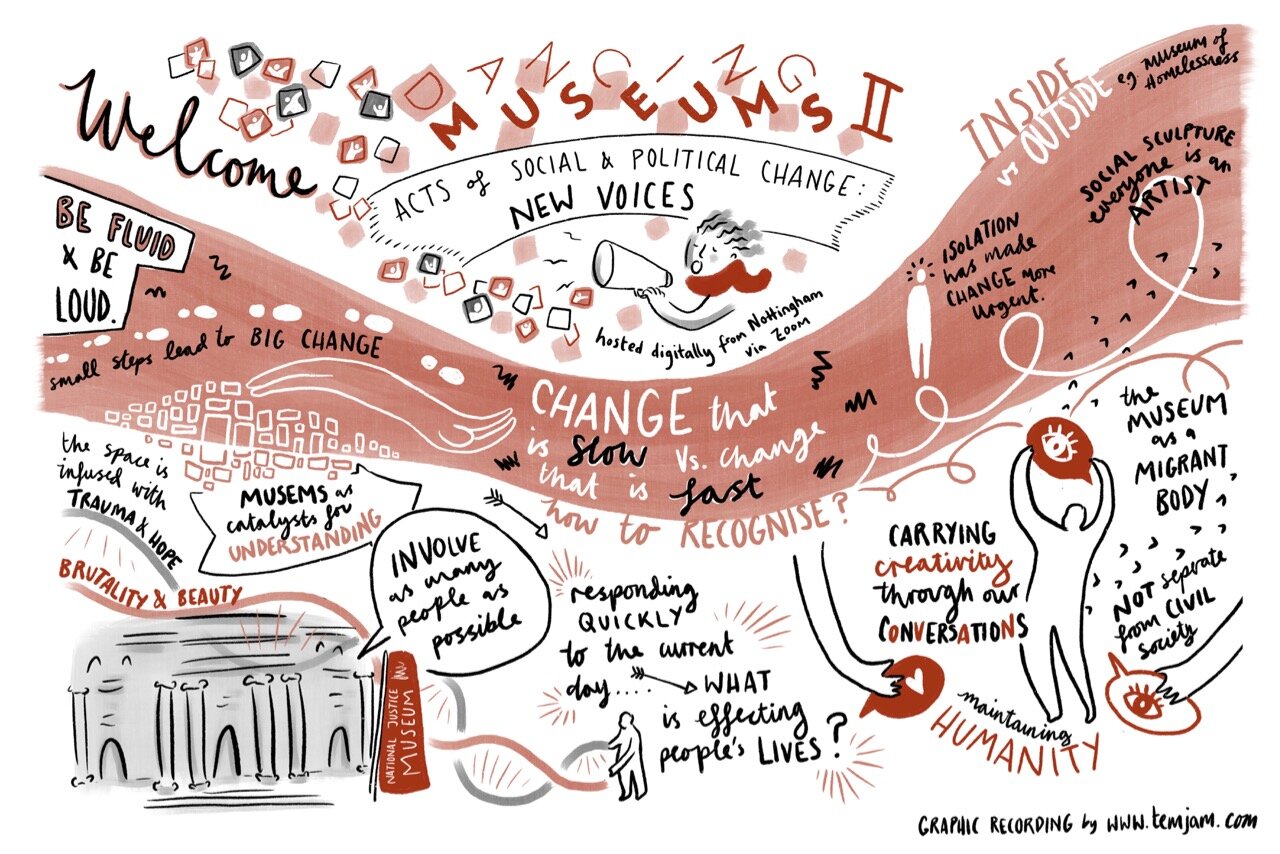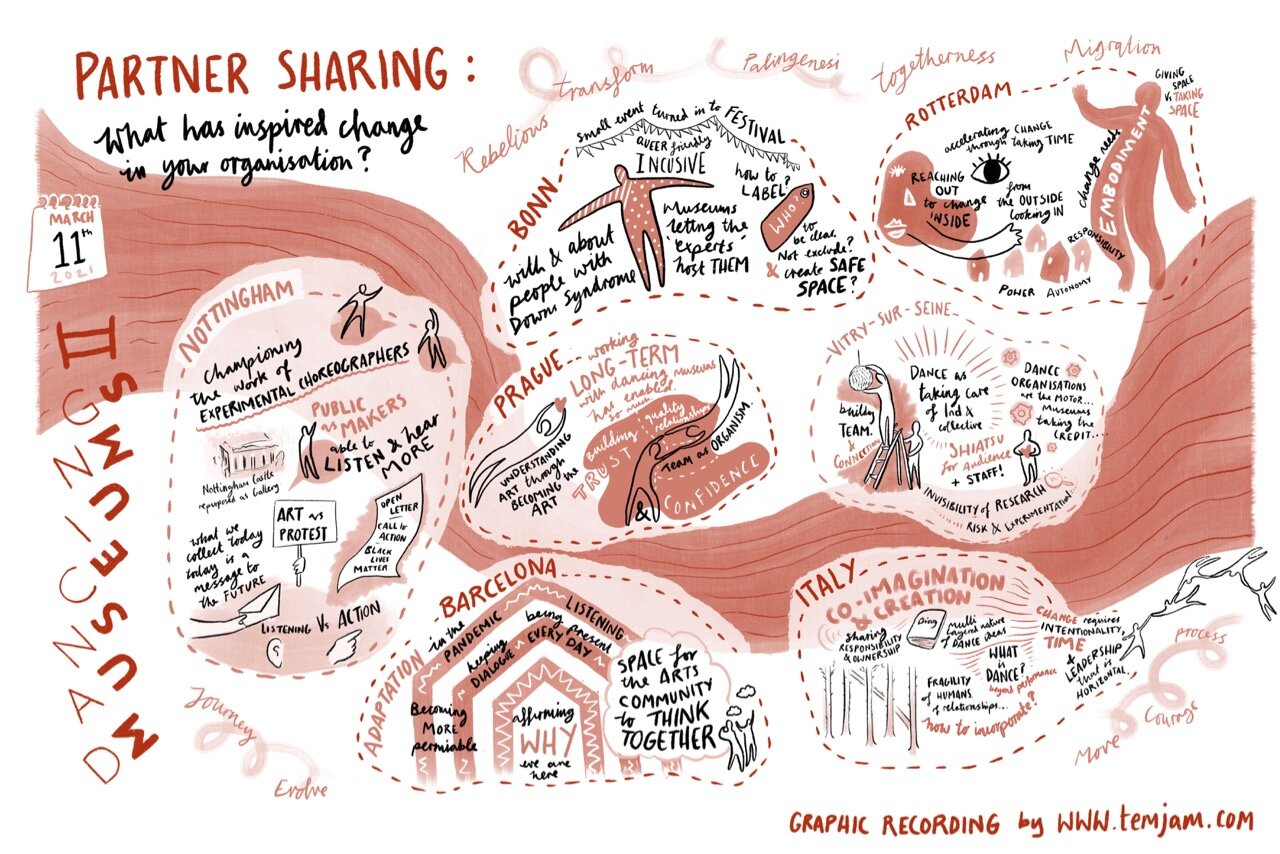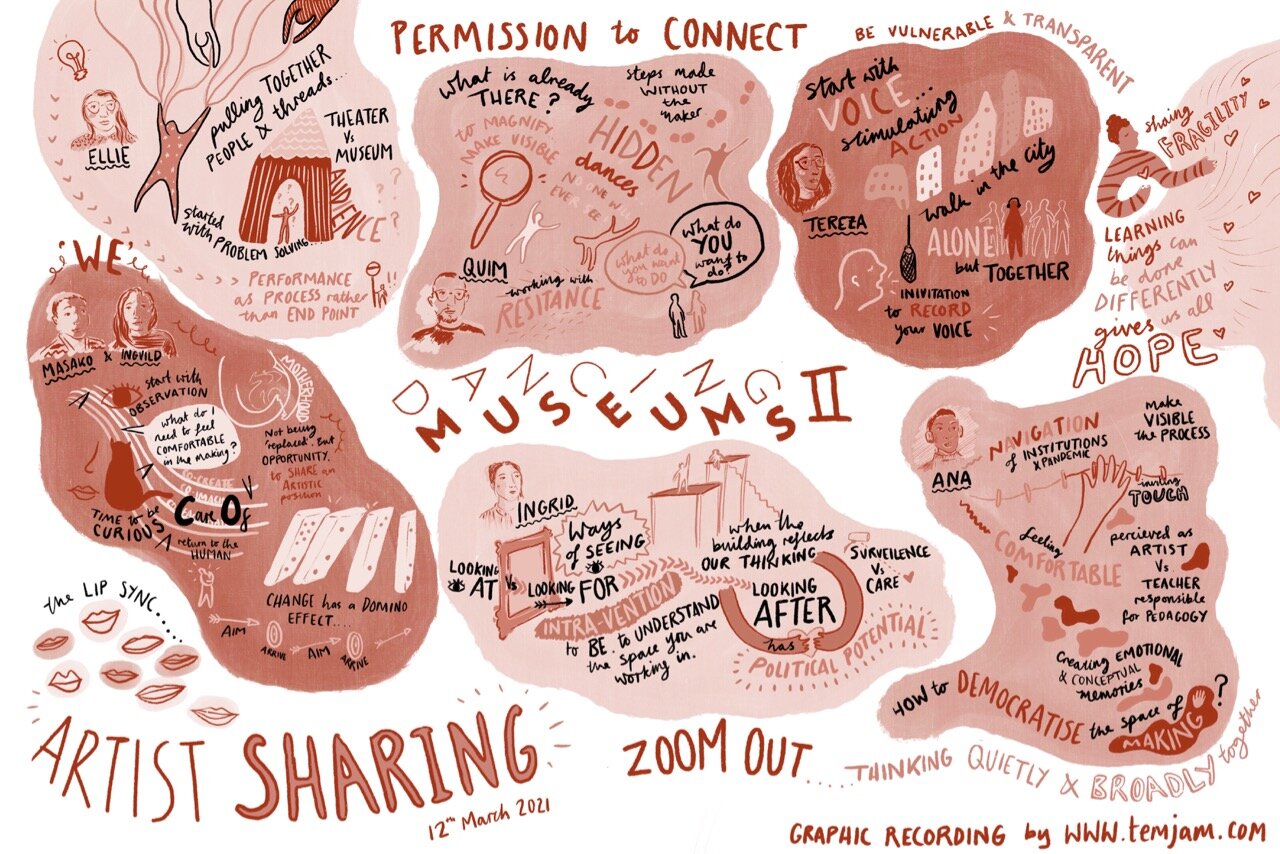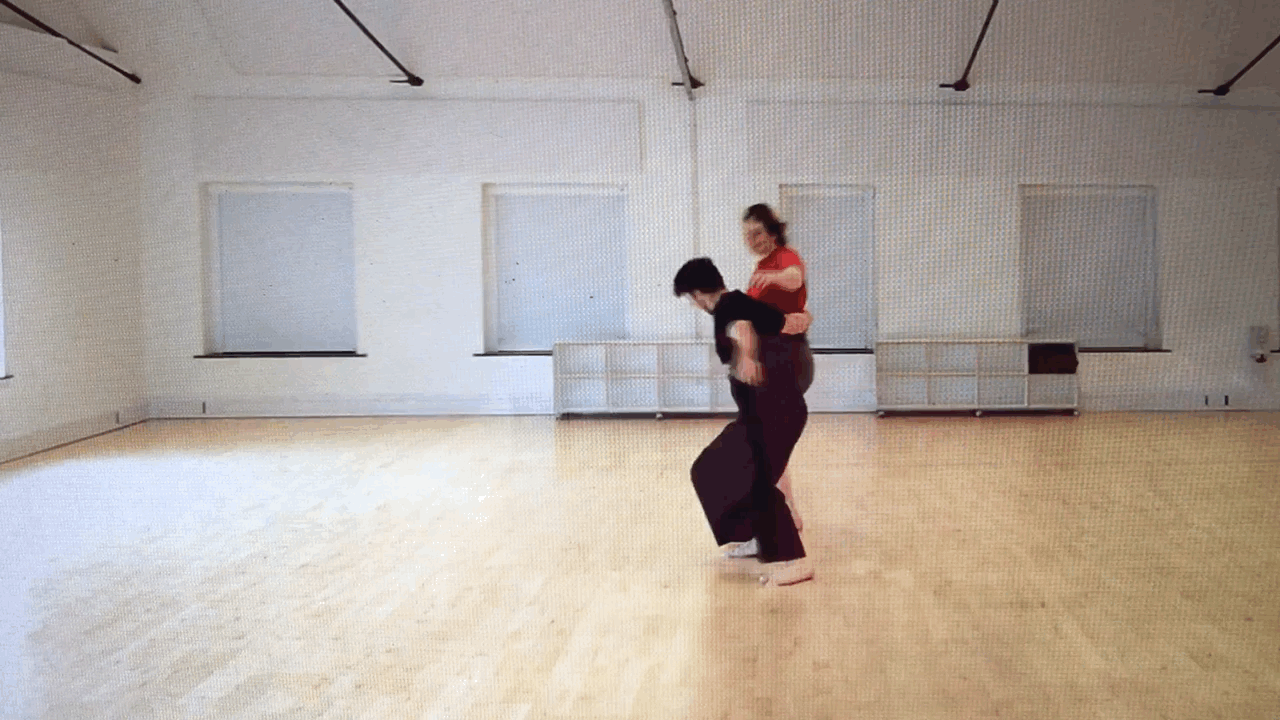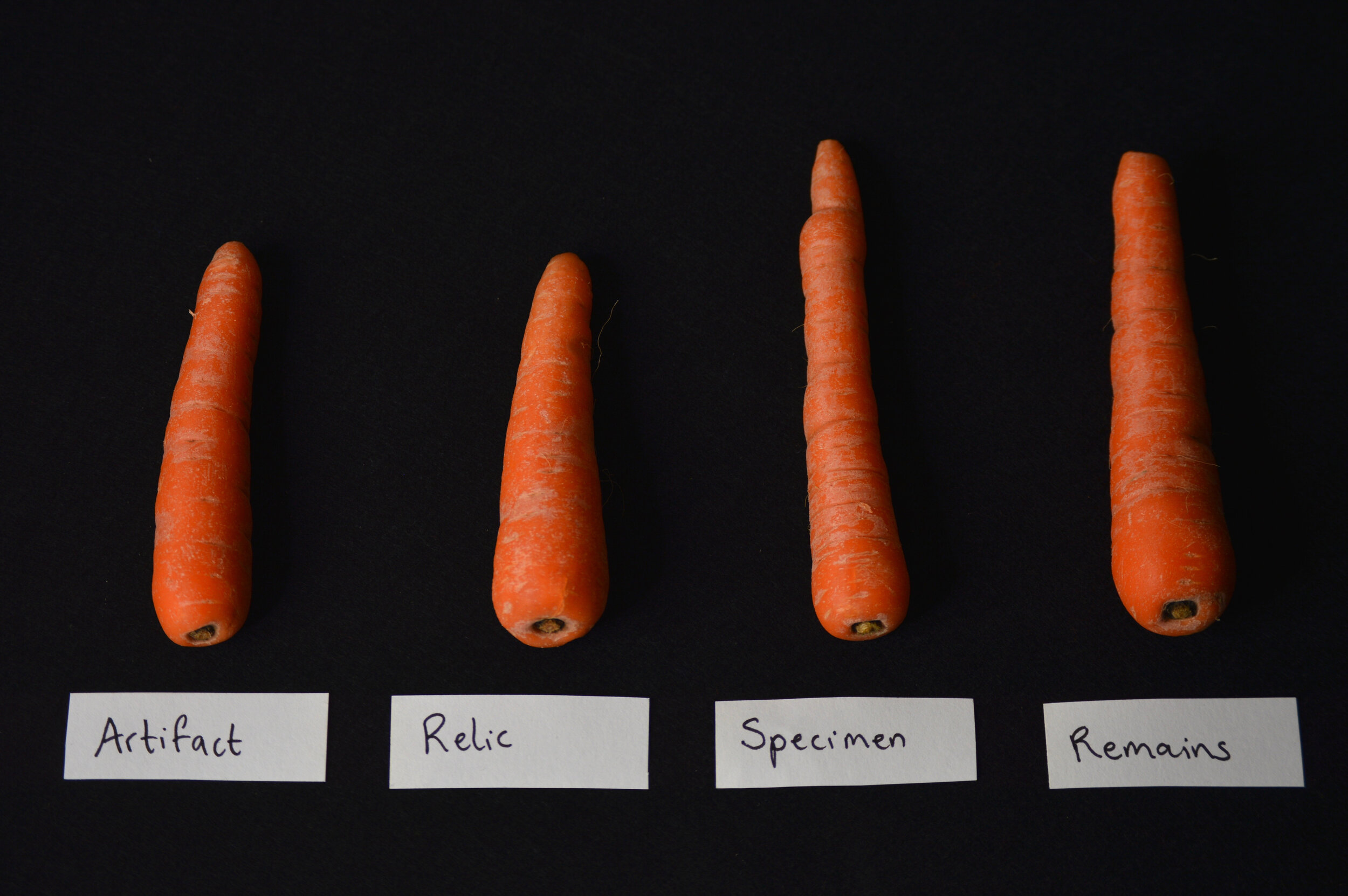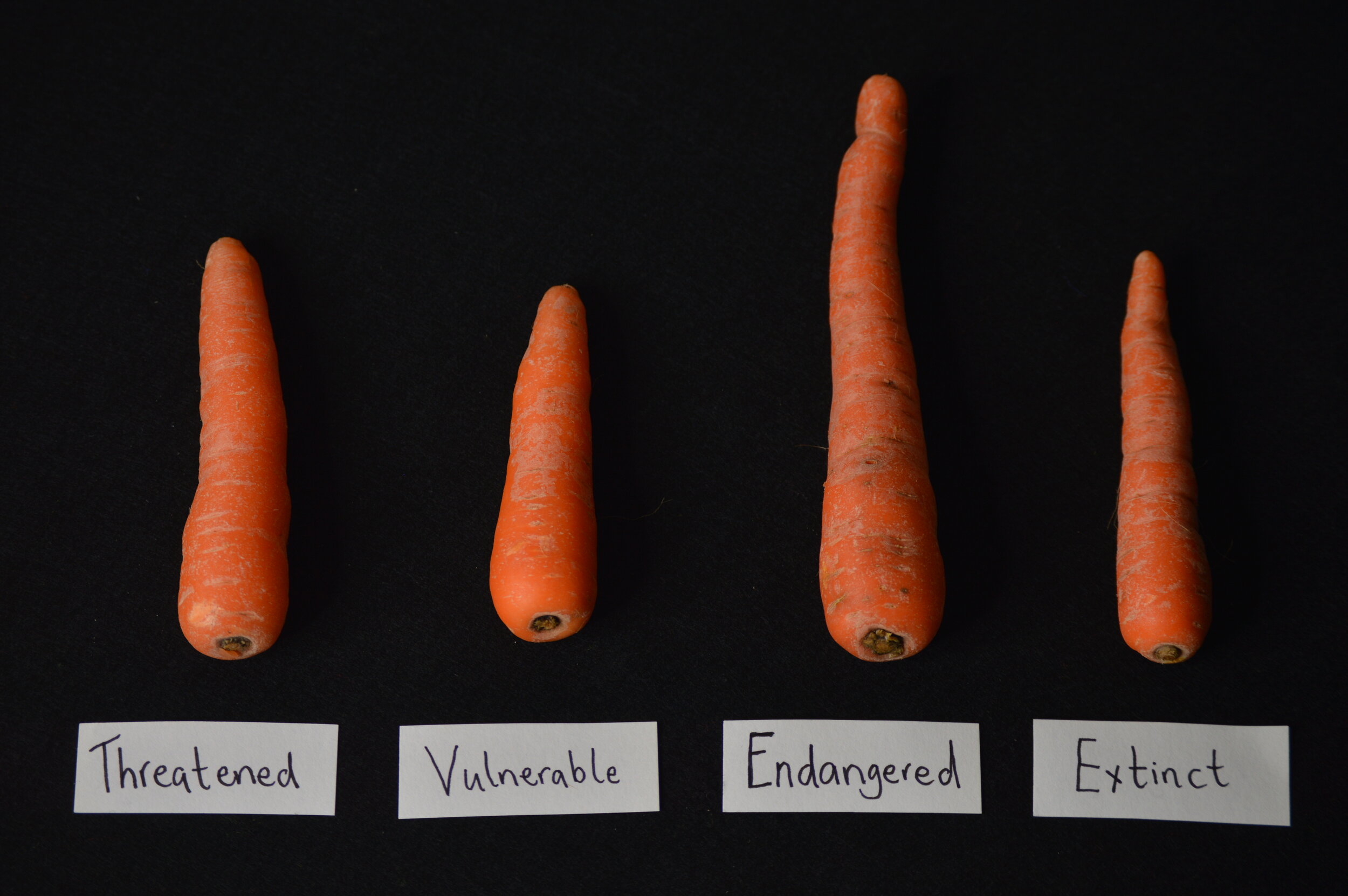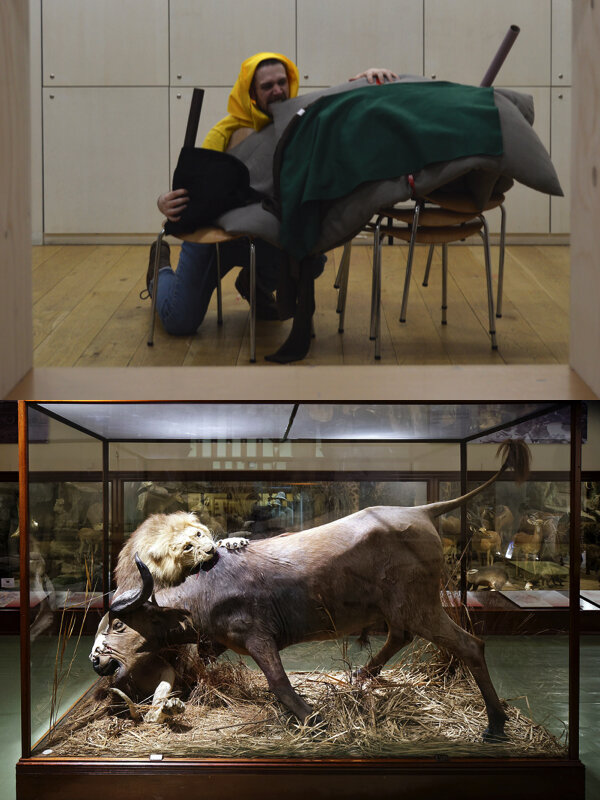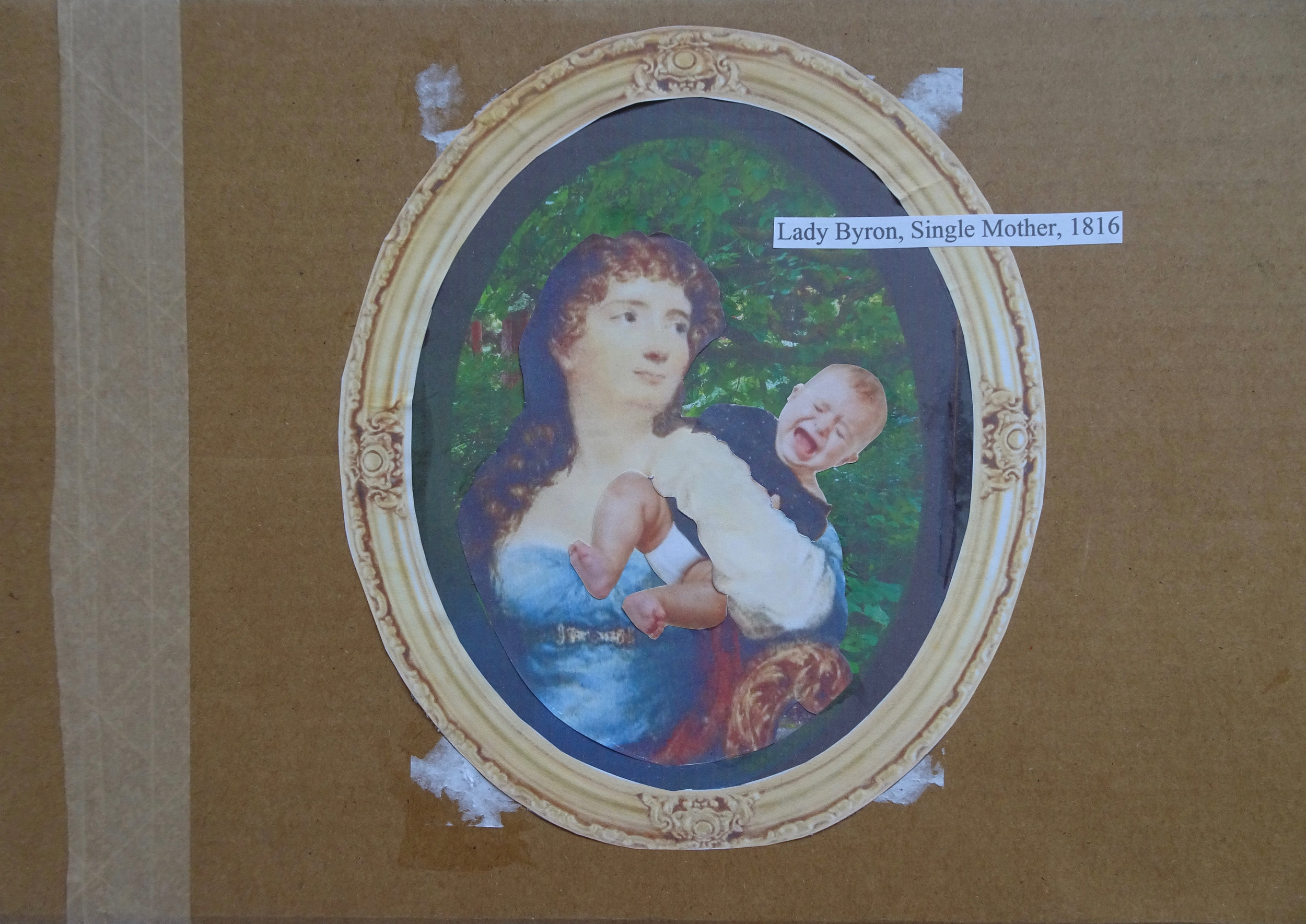Anecdotal body scan
This is a text which was written and read by Ingrid Berger Mhyre and Eleanor Sikorski as part of the final online conference of Dancing Museums II. Image: edited screen shots on Eleanor and Ingrid on Zoom in 2020.
ES: We are going to read aloud some tales from our time within Dancing Museums. These are positive stories of being welcomed, being hosted and being invited in. We wanted to focus on the embodied and material experience of being an artist in a museum. We would like you to sit back comfortably and listen. Each story locates itself in a part of the body. When listening to each story, focus on that part of your own body. You can look at it, if that’s possible, you can visualise it by closing your eyes and imagining it, you can touch it or hold it with your hands, you can move it, or you can focus on how it feels and the sensations that that part of your body has. You can turn away from the screen, you can close your eyes, or you can keep them open - as you’re listening.
IBM: FEET. I am lying on the floor in an empty museum. I’m on my stomach, reading. Rotterdam is in lockdown, but I have been allowed into the exhibition spaces to continue my research for Dancing Museums. There’s no one here. No visitors, that is. But protocol requires me to have a security staff member with me at all times. This constant companionship feels strangely intimate, something between a babysitter and a bodyguard. They take turns watching me work, read, dance, sleep, think, sing. Today, Irma, a 52 year old woman, is with me. When we first entered the space, she stayed nearby. Now, an hour has passed and as I am still lying here, reading, she has politely withdrawn, keeping to the periphery of the room. I can hear her circling the space, discreetly, at an appropriate distance. I listen to the sound of her steps, her heels clicking, resonating loudly as the only sound in the room. A calm, steady pace. She is wandering. Now she stops. Is she looking at the artwork? Is she enjoying it? It seems to me we are both working hard to leave each other alone, whilst reassuring each other that we are both here. Sometimes I clear my throat out loud on purpose, as if to signal that I’m still alive, still ok. She answers by clicking. Her feet become a minimal auditive landscape, becomes gps signals, morse-codes, heartbeats, my grandparents clock, a pendulum, an anchor, a safety net, a concert. It is lunch time, and I close my books and let Irma take me to the cantine. As she opens the door for me she says: “I hope I wasn’t disturbing you. Tomorrow, I will wear other shoes”.
ES: EYES. I am at Newstead Abbey. Two of the artists, Mary and mayfield, Abi (who works for the city museums but does not normally work on site), Becky (who works at Dance4) and myself are wandering the unfamiliar corridors of the old stately home, trying to map the route that the audience will take. It’s just two days before covid restrictions lift in the UK, but we still have to split the audience into three small groups for safety. The groups need to walk through the old house to see the films and installations on display. Each group will take the same circular route at the same time, each starting in a different point along the circle, never crossing paths. The building, however, is not circular, so the idea of a circular route is purely theoretical. None of us know the building well enough to work it out, I’m trying to draw a map in my mind’s eye, but it’s hard to visualise. Then we come across Jonny who works as a caretaker on site. He’s the kind of person who pops up everywhere, he’s always in sight, high up, fixing a roof or appearing with exactly the right key after hearing our request on the walkie talkie system. We let him know our dilemma. Immediately he understands and plots the route in his head. I write it down on a piece of paper, slowly understanding the plan he is making. We get stuck on one obstacle, getting two groups to go up and down some stairs at the same time… ‘Oh’, Jonny says, ‘you can use the secret staircase.’ He turns to his left, to a wood panelled wall, pushes a small metal disc embedded into the wood and the panels spring open. It’s a hidden door. The circle is complete.
IMB: HAND. I am at Bundeskunsthalle in Bonn. We have just completed a two-day marathon of 13 performances, and we are packing up - gathering all of our props - ready to leave. The performance we’ve just done features a small rubber crocodile figure, not bigger than a couple of centimeters - it easily fits inside a closed fist. Despite it’s miniscule size it has somehow become an important protagonist of our artistic intervention, and now - we can’t find it! It is half an hour till the museum closes, on our last day in Bonn. Time is of the essence. Now, for a by-stander, this tiny object must seem insignificant, trivial and totally replaceable. But the receptionist of the Bundeskunsthalle takes our loss very seriously. She assures us: “Don’t worry. We will find the crocodile”. And together we begin a search. She summons security and mobilises staff. She writes a note and hangs it on the door of the lockers: “Lieber Besucher/in. Haben sie das Krokodil gezehen? Vielen Dank im Voraus.” 5 minutes before closing, a guest approaches the reception desk and says: Is this the missing crocodile? I found it in the locker. Upon departure, we give the crocodile back to the museum as a thank you for their efforts and their hospitality.
ES: NOSE. Ash is the gardener who works at Newstead. We got to know him over the course of the residencies. Mary wanted to use some cuttings from the garden to dance with. She asked if there was any garden waste that she could use. Ash said he’d look into it. He turned up the next morning with a crate full of freshly cut plants for us to have. Pink and orange roses, small white flowers, long sticks of purple sage, dill, fresh thyme, rosemary, purple thistles, bushy clusters of yellow flowers and more. The smell was amazingly strong and lasted for days as the cuttings dried.
IBM: HEAD: I am standing on a balcony above the main hall in the museum, watching down over the exhibition. Below me, my 3 colleagues Ian, Maroula and Hanne are rehearsing a score that we’ve just worked out. It involves a gesture of the three of them very slowly simultaneously melting towards the floor, until their bodies are resting on the ground. Suddenly, I see 2 security staff members rushing towards Ian, who is lying on the floor with his eyes closed. Whilst one is kneeling down beside him to check if he is alright, the other one is signalising via his walkie talkie to other colleagues to come and help. From my bird's eye view of the situation, I realise they are under the impression that he has just fainted. I see Ian getting up, trying to convince them that he is not feeling light-headed at all. I run down the stairs to help clarify the situation. I thank them for their concern, and reassure them that we are all in good health and that we’re just rehearsing for an intervention. The guards look relieved, they smile at the misunderstanding, cancel their backup and say: “Glad to hear everyone is well. Good luck with the rehearsal, and remember to eat, and make sure to drink enough water!”
ES: SKIN. It’s the end of a long day. Mary, mayfield and I are outside Newstead Abbey. We feel a light breeze on our skin. The artists are both living in a cottage in the grounds of the Abbey which means they haven’t left the site all week. Living in the gardens has been a wonderfully immersive experience, but it also means they need a break, they need a change of scenery. It’s also psychologically hard work to be immersed in a site which is steeped in colonial history and for mayfield to be, on most days, the only person of colour there. I’m about to leave to go home when we spot a flag flying over the house, on the highest tower. Normally in that spot there’s a Union Jack, the garish flag of the United Kingdom, but today a Black Lives Matter flag is flying, rippling in the wind. Suddenly things feel a bit lighter, mayfield says that they feel welcomed and seen. The flag only stays up for a week. It’s a small gesture. But it’s a powerful one and on that day it made a concrete difference to how an individual felt welcomed and allowed us as a group to put more trust in our hosts at the museum.
IBM: LOWER BACK: At some point during my residencies I considered getting a step counting app. I walked so much. I crossed the museums in all kinds of unthinkable ways. From the lockers where I kept my computer and my bag, to the toilets to change into my sweat pants, back down to the lockers to leave my clothes before continuing rehearsing in the exhibition, to the foyer where I could sit at a table and write, up to the lunch room to have a glass of water, passing by the administration offices to pick up some post-it notes, and back down again to the lockers because I forgot my notebook. I also started to notice how exhausting it is to be working in public - constantly on display. At some point, it even seemed as if my research was merely about answering questions about my presence in the museum. Don’t get me wrong: I loved those conversations, and the exercise. But when Jens greeted us on our first day of residency saying: “Let me first take you to your green room” (which was the name we gave the improvised room he had prepared for us, dedicated to our “backstage” needs) I could hear a sigh of relief coming from my lower back. He gave us the keys to an empty meeting room with a table and some chairs, pens and paper, water, bananas, apples and pretzels. To know we would have a space to withdraw, to leave our things,to discuss out loud, to grab a snack, to stretch our backs, to have a place to come back “home” to was amazing. And not just to any place: to a green room full of pretzels.

